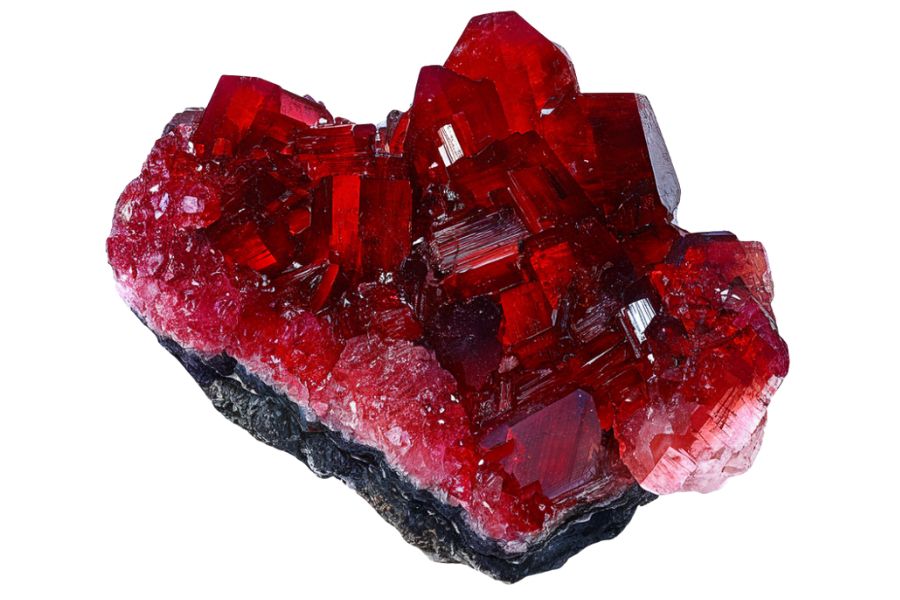While most folks think of beaches and clam chowder when they picture Massachusetts, rockhounds know this state for its surprising garnet deposits. These deep red crystals have been found in the hills of western Mass since colonial times, with some specimens reaching impressive sizes.
Many rockhounds spend their weekends in overcrowded spots where others have already grabbed all the good stuff. The best garnets are often tucked away in places that don’t show up in basic Google searches. Nothing feels worse than a full day of digging with nothing to show for it.
We’ll show you which spots have plenty of garnets and how to spot the real treasures. Save yourself time and disappointment by going where the garnets are still waiting to be found. This article will get you to the right locations.
Of course, while you search, you will find many other interesting rocks and minerals. For identifying these other potential treasures, Rock Chasing’s New England Rocks & Minerals Identification Field Guide is an invaluable resource. It can help you save hours of guesswork and ensure you don’t overlook something valuable.
How Garnet Forms Here
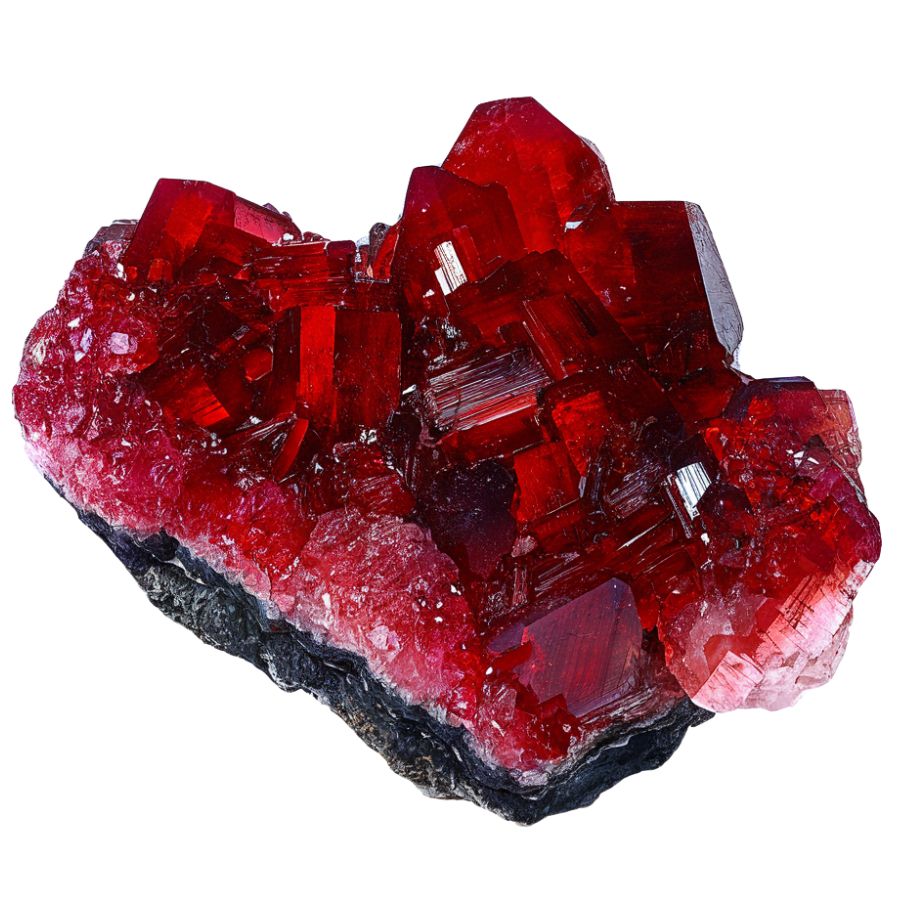
Garnet forms deep underground when rocks get squeezed and heated during metamorphism. Think of it like baking cookies – but instead of dough, you’ve got minerals like aluminum, iron, and silica getting cooked under intense pressure.
When these minerals reach temperatures around 400-700°C, they start rearranging their atoms into garnet’s distinctive crystal structure.
What’s cool is that garnets often grow by pushing other minerals out of the way! That’s why they form those perfect geometric shapes.
Most garnets need high pressure too, which is why they’re usually found in rocks that were once buried miles beneath the surface. The slower they grow, the bigger and clearer they become – some taking millions of years to reach their full size.
Types of Garnets
Garnets are captivating gemstones that showcase an impressive range of colors and varieties, each determined by their unique chemical composition. Understanding these differences helps in identifying the stone’s value.
Almandine Garnet
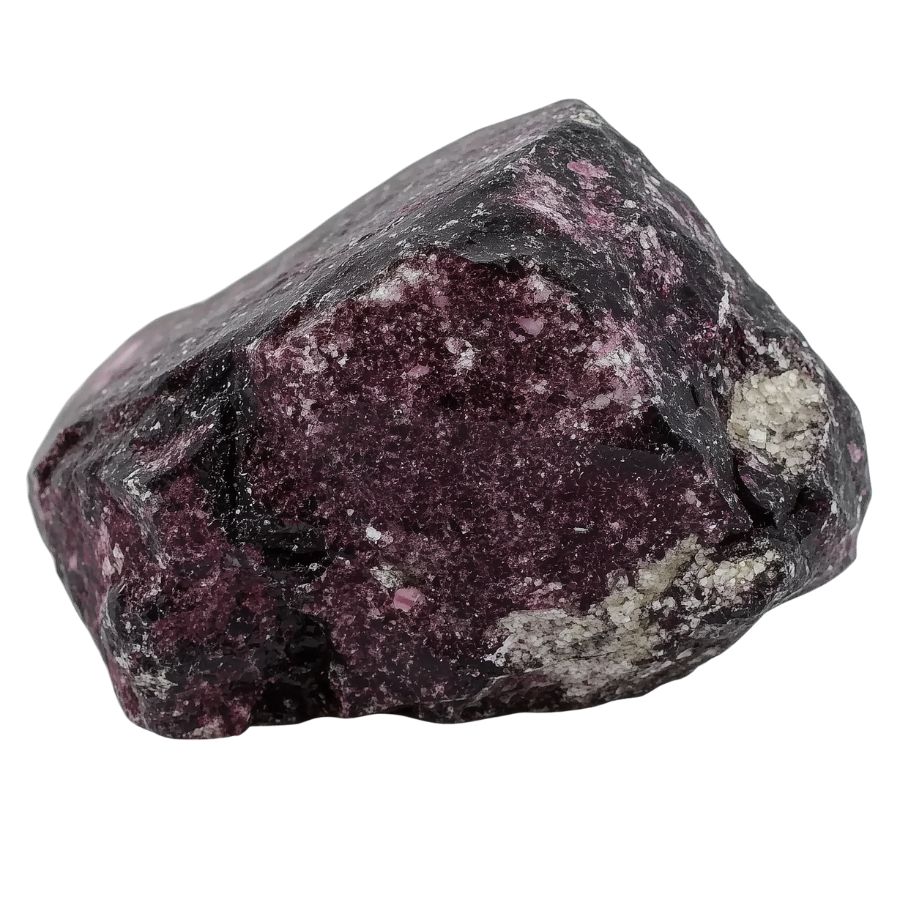
Almandine garnet stands out with its rich, deep red to reddish-brown color. The stone sometimes shows hints of orange or brown, making each piece unique. Its color intensity remains consistent throughout the stone, creating a beautiful depth that catches the eye.
The crystal structure of almandine follows a perfect cubic pattern, forming well-defined shapes with smooth faces. This symmetry contributes to its striking appearance and helps light bounce through the stone evenly.
What makes almandine special is its high iron content, which gives it a higher specific gravity than other garnets. This means it feels slightly heavier in your hand compared to similar-sized stones. Its refractive index of 1.74 to 1.83 creates excellent brilliance and fire.
Most almandine garnets are remarkably clear, though some may contain natural inclusions that create interesting patterns. These patterns can add character to the stone without affecting its overall beauty or durability.
You won’t believe how many incredible rocks and minerals you’ve walked past across New England without knowing their names.
This field guide makes it insanely easy to spot gems, minerals, and hidden treasures anywhere you explore.
📘 Check out the New England Field Guide Now →
What makes it different:
🚙 Field-tested across New England
📘 Heavy duty laminated pages resist dust, sweat, and water.
🧠 Zero fluff with clear visuals and straight-to-the-point info.
📍 Find hidden gems like Topaz, Amethyst, and beautiful crystals.
Pyrope Garnet
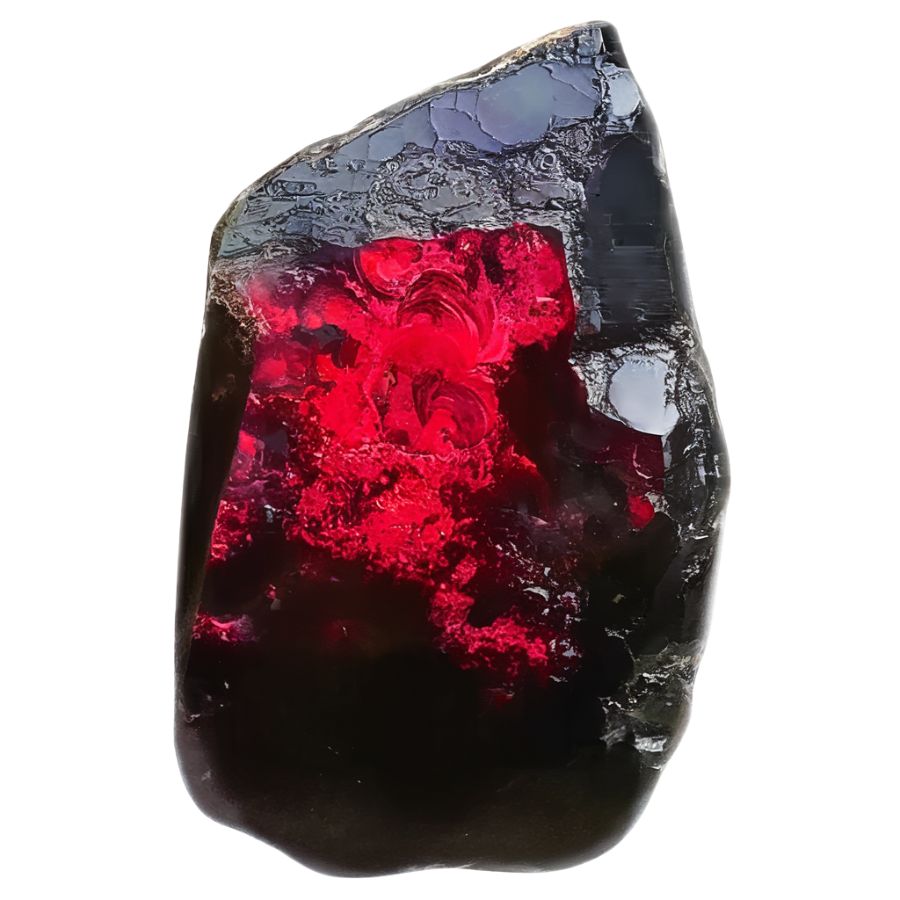
Pyrope garnet captivates with its intense red-to-purplish-red color. The color is so pure and vibrant that some specimens have earned the nickname “Cape Ruby.”
This stone has excellent clarity, rarely showing visible inclusions. When present, some inclusions can create a fascinating star effect called asterism, where a six-pointed star seems to float on the surface.
The stone appears especially vivid when cut into clean, geometric shapes that maximize light return.
Some pyropes show a subtle color shift, appearing slightly different under natural and artificial light. This subtle change adds to their charm and makes each stone unique.
Their exceptional clarity and lack of internal flaws make them particularly appealing to collectors.
Spessartine Garnet
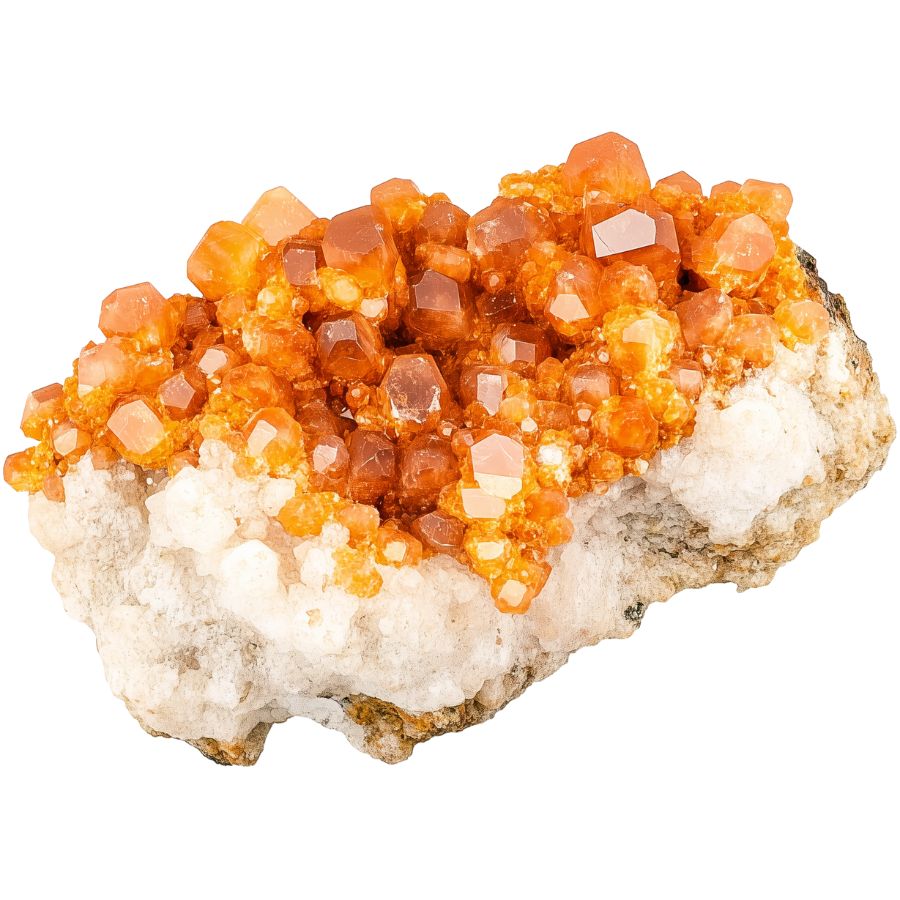
Spessartine garnet showcases a stunning range of orange colors, from bright mandarin to deep reddish-orange. The most valued pieces display a pure, vivid orange. This distinctive coloring comes from manganese in its chemical makeup.
When cut properly, spessartine exhibits bright flashes of light and exceptional sparkle. Some stones show a subtle “sugar-like” texture that creates a soft, internal glow.
Pure spessartine is rare in nature, making high-quality specimens particularly valuable. Most stones contain trace elements that create subtle color variations.
The stone’s transparency ranges from completely clear to slightly cloudy. Clear specimens are highly prized, but some collectors prefer stones with slight cloudiness that creates an interesting depth effect.
Andradite Garnet
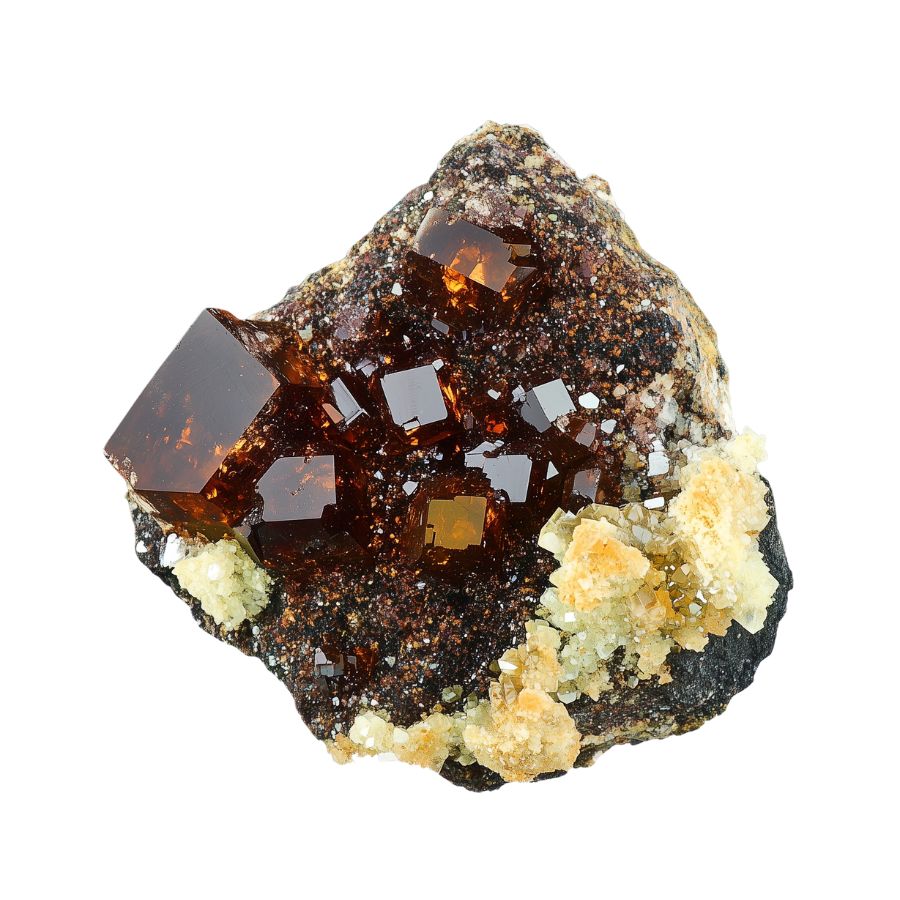
Andradite garnet displays the widest color range of all garnets. Colors span from bright green to yellow, brown, and black. The green variety, known as demantoid, is particularly treasured for its brilliant, emerald-like color and exceptional sparkle.
This stone has the highest dispersion rate of all garnets, even higher than diamond. This means it breaks light into rainbow colors more effectively, creating fascinating fire and brilliance.
Some andradite garnets contain unique internal features called “horsetail” inclusions. These fine, needle-like patterns are actually desired by collectors and add to the stone’s value.
The stone’s surface has a bright, glass-like luster that enhances its natural beauty. Some specimens exhibit unique optical features such as asterism (star-like patterns) and chatoyancy (cat’s eye effect), which further enhance their visual appeal.
Grossular Garnet
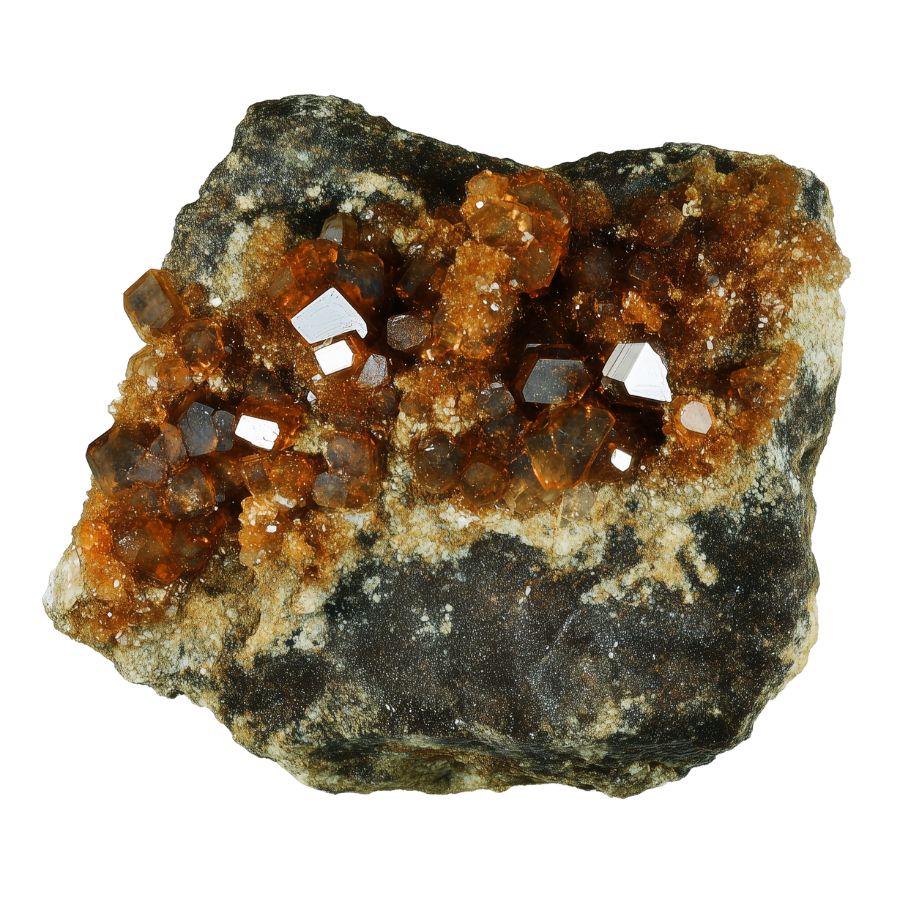
Grossular garnet comes in an amazing range of colors – from green and yellow to pink, orange, and even colorless. The most striking feature is the presence of internal swirls and streaks that create unique patterns within each stone.
The stone’s surface has exceptional brilliance that rivals expensive gems like emeralds. Light bounces through it beautifully, creating bright flashes and sparkles.
A special variety called Mint Garnet glows under ultraviolet light, creating an otherworldly effect. This unusual property makes it particularly interesting to collectors. The stone’s clarity is typically excellent, with few visible impurities.
The presence of trace elements like chromium and vanadium creates its varied colors. These elements mix in different amounts, resulting in subtle color variations that make each stone unique.
Some pieces show color zoning, where different shades blend together in distinct patterns.
Uvarovite Garnet
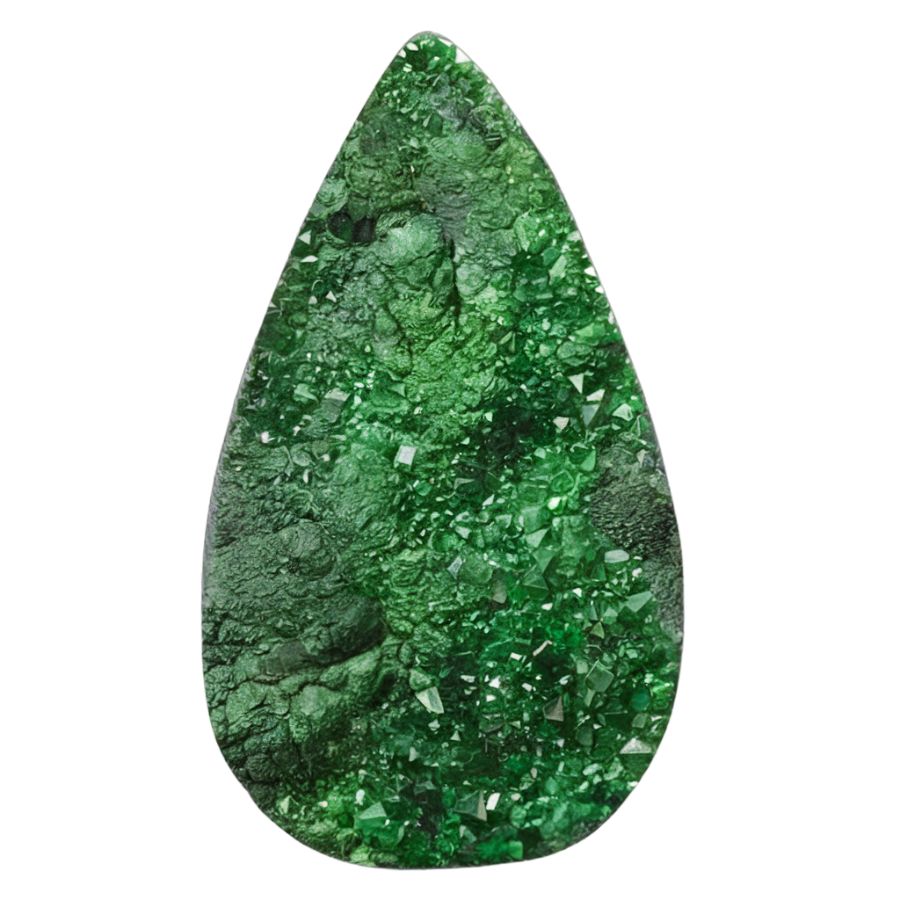
Uvarovite garnet displays a striking emerald-green color that remains consistent in all specimens. Unlike other garnets, where green hues may arise from chromium impurities, uvarovite’s green is inherent to its composition.
Instead of forming large crystals, uvarovite typically grows in clusters of tiny crystals. These clusters, called druzy, create sparkling surfaces that look like green sugar coating the rock beneath.
Under ultraviolet light, it shows an unexpected red glow, adding another layer of interest for collectors. This fluorescence is a unique feature not commonly found in other garnets.
These stones rarely grow large enough for traditional gem cutting. However, their natural crystal formations are so beautiful that they’re often left in their original state. The tiny crystals catch light from multiple angles, creating a dazzling display.
Rhodolite Garnet
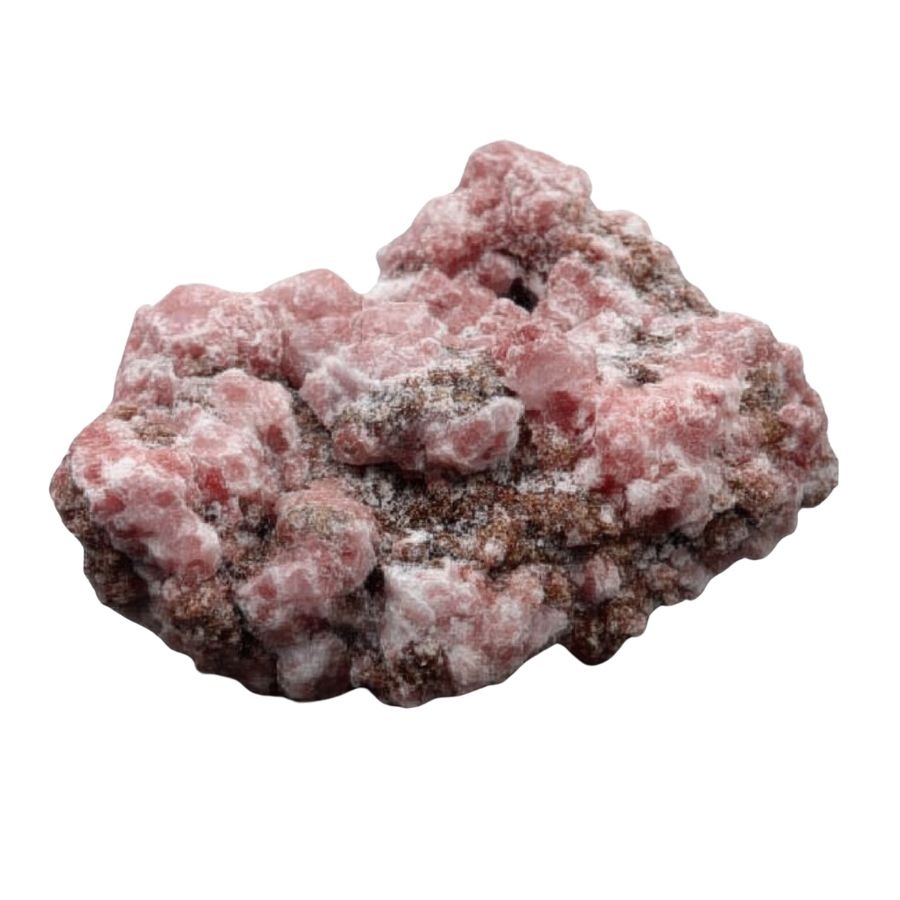
Rhodolite garnet stands out with its beautiful purple-red to raspberry-pink colors. The colors can shift between purple and red depending on the lighting, creating an interesting play of hues. This color range makes it distinctly different from the deeper reds of other garnets.
The stone’s clarity is typically excellent, with very few internal features visible to the naked eye. The surface has a glass-like shine that enhances its natural beauty.
What makes rhodolite special is its mixed composition of two different garnet types. This mixture creates its unique color range and optical properties. The stone often shows stronger color saturation in its center, fading slightly toward the edges.
Rhodolite garnet is particularly valued for its vibrant colors that can mimic more expensive gemstones like rubies and amethysts, making it a popular choice among collectors and jewelers alike.
Hessonite Garnet
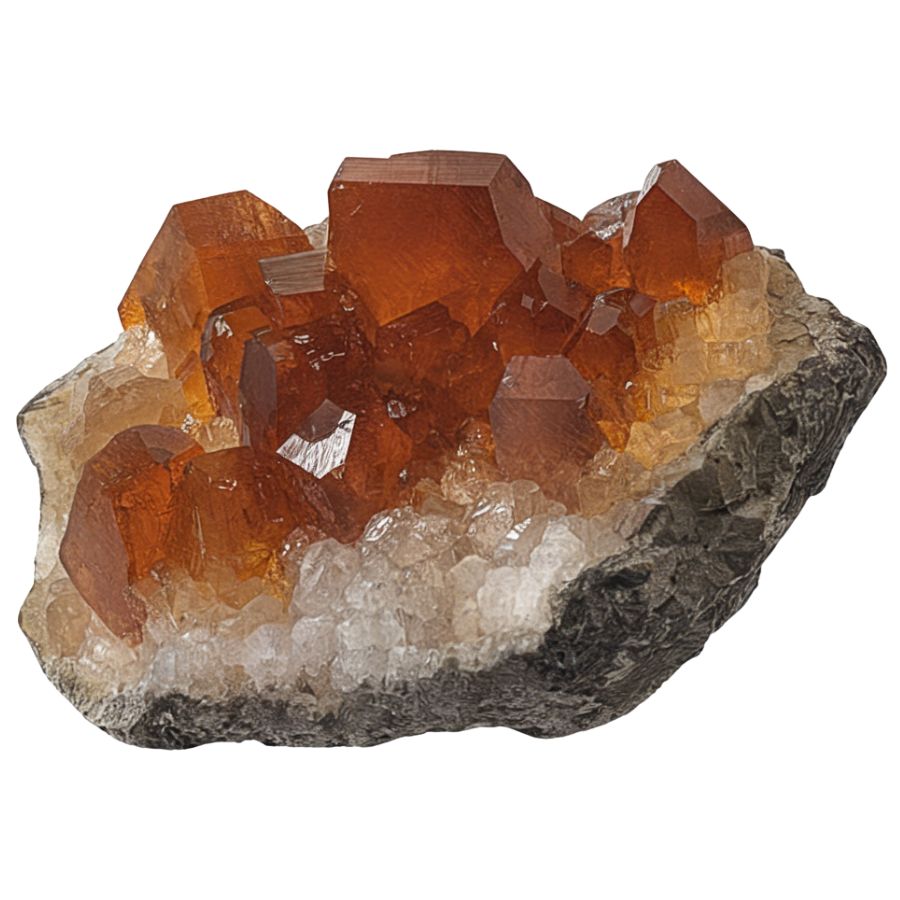
Hessonite garnet showcases warm honey-to-cinnamon colors, ranging from golden yellow to deep reddish-brown. Some pieces display hints of purple, creating complex and appealing color combinations.
Inside the stone, you might find interesting patterns created by tiny needle-like crystals. Unlike many gems where inclusions reduce the value, these internal features are appreciated in Hessonite. They create unique patterns that make each stone one-of-a-kind.
The stone’s transparency varies from crystal clear to slightly cloudy. This variation can create interesting effects, especially when light passes through the stone. Some pieces show a subtle glow that seems to come from within.
High-quality hessonite stones are relatively uncommon, especially in larger sizes. Their warm colors and unique internal features make them particularly interesting to collectors.
Tsavorite Garnet
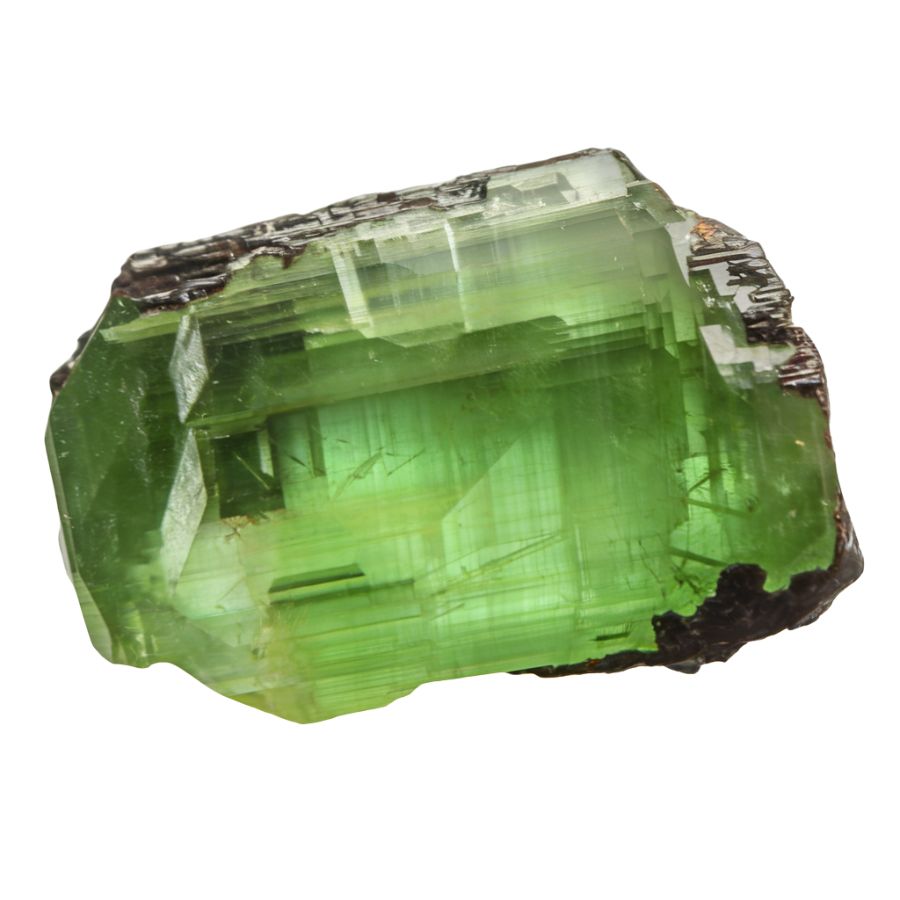
Tsavorite garnet displays a brilliant green color that ranges from bright lime to deep forest green. This stunning color comes from tiny amounts of chromium and vanadium in the stone.
The green is so pure and vibrant that it often matches or surpasses the color of fine emeralds. The surface has a glass-like shine that makes the stone look alive with movement.
Each tsavorite has its own personality in terms of color depth and brightness. Some stones show subtle color changes under different lighting, while others maintain a consistent deep green.
Star Garnet
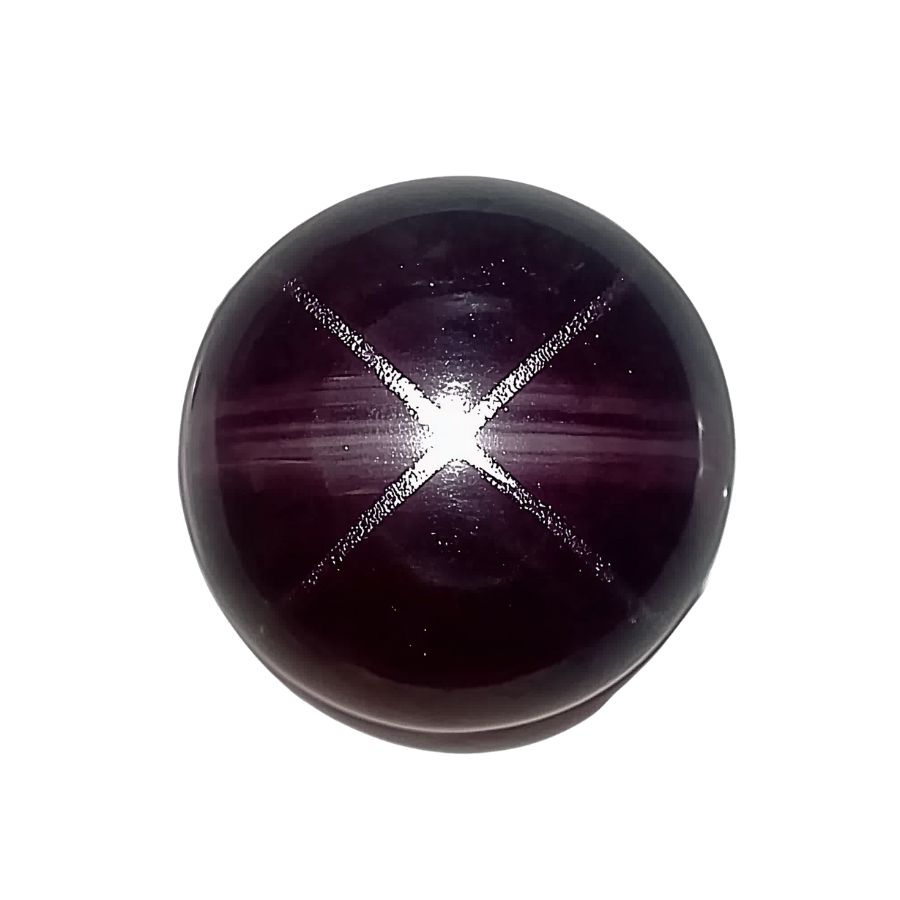
Star garnet shows a fascinating light pattern that looks like a star floating on its surface. This effect, called asterism, comes from tiny needle-like crystals inside the stone. The star usually has four or six rays that move as you turn the stone under light.
The stone’s color is typically deep red to purple-red, often with brown undertones. When polished into a smooth, rounded shape, the star effect becomes more prominent.
The best specimens show sharp, well-defined star rays against a rich, even background color. These stones are quite special because not all garnets can form stars.
The right conditions during formation must exist for the star effect to develop. The tiny crystals inside must align perfectly to create the star pattern. The star effect is natural and permanent – it won’t fade or change over time.
What Rough Garnets Look Like?
Garnets display unique identifying traits when found in their raw, natural state. Look for these distinguishing features:
Look for Distinctive Angular Shapes
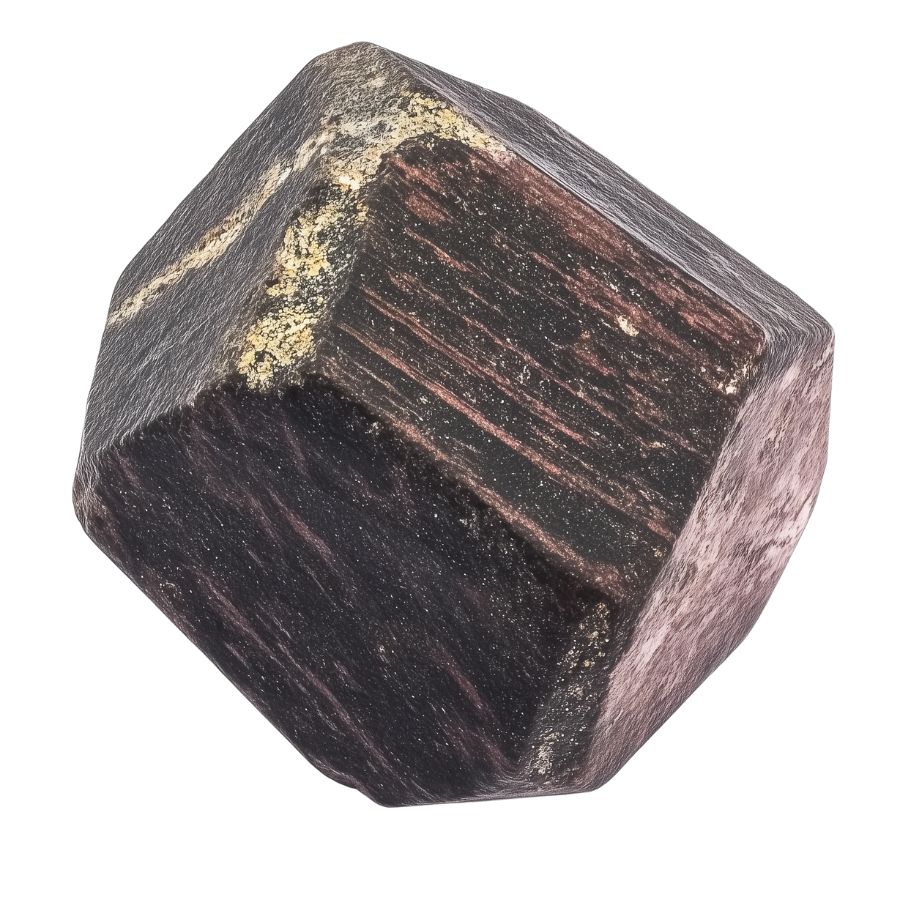
Raw garnet typically forms in dodecahedral or trapezoidal crystal shapes. Think of it like tiny, naturally-formed geometric shapes.
Unlike smooth river rocks, rough garnets have sharp edges and flat faces. Even when broken, they tend to maintain these angular patterns. You’ll often spot them as chunky, block-like crystals that look like they’ve been roughly carved.
Check the Color Range and Transparency
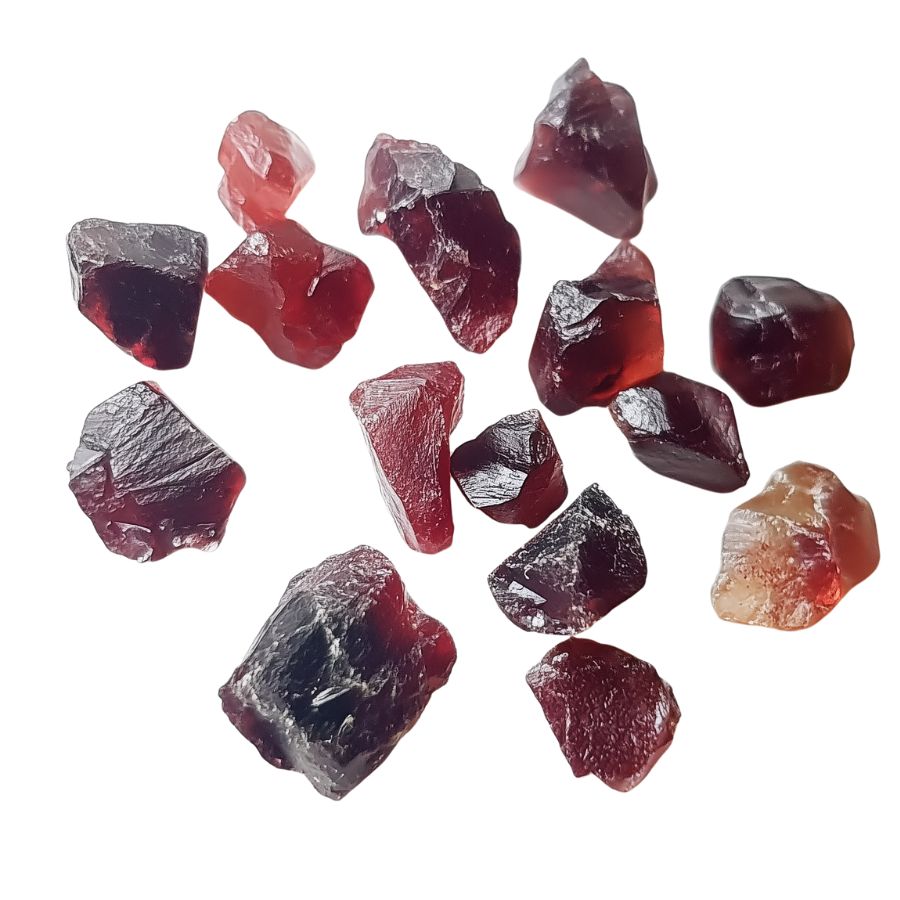
Garnets aren’t just red! Look for deep wine colors, but also keep an eye out for orange-brown, green, or even black varieties.
Hold it up to light – rough garnets often show some translucency at the edges, even if the center seems opaque.
Examine the Surface Texture

Raw garnets have this unique, almost greasy-looking surface luster. Not shiny like glass, but more like wet plastic.
Run your finger over it – you should feel a smooth yet slightly waxy texture. If it’s been weathered, the surface might be slightly pitted or rough, but you’ll still see that characteristic luster in protected areas.
Test the Hardness and Toughness
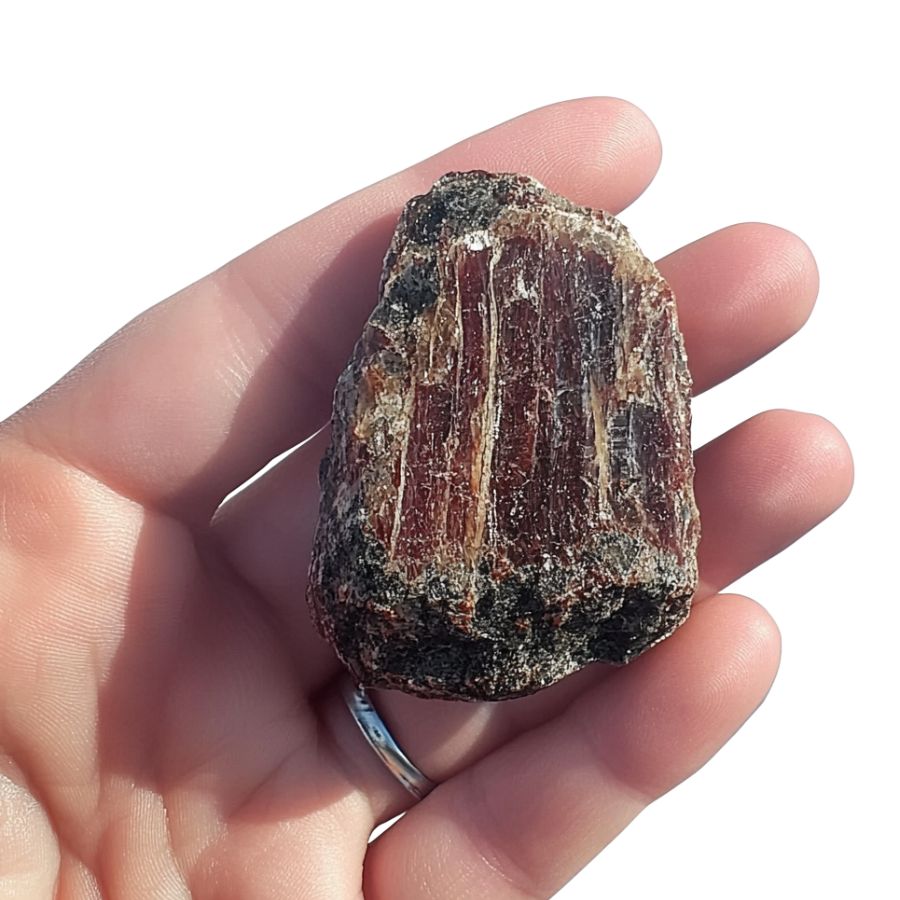
Here’s a quick field test: garnets can easily scratch a penny but won’t scratch quartz. They’re surprisingly heavy for their size – noticeably heavier than a similar-sized piece of quartz or feldspar. Don’t be fooled by lighter stones that look similar!
Tips on Where to Look
To increase your chances of finding garnets, focus your search on these favorable areas:
Metamorphic Rock Outcrops

Look for dark-colored metamorphic rocks, especially schist and gneiss. These rocks often have visible layers or bands.
Garnets appear as dark red or brownish-red crystals embedded in the rock. Common near hiking trails and road cuts where metamorphic rocks are exposed.
Stream Beds & Gravel Banks
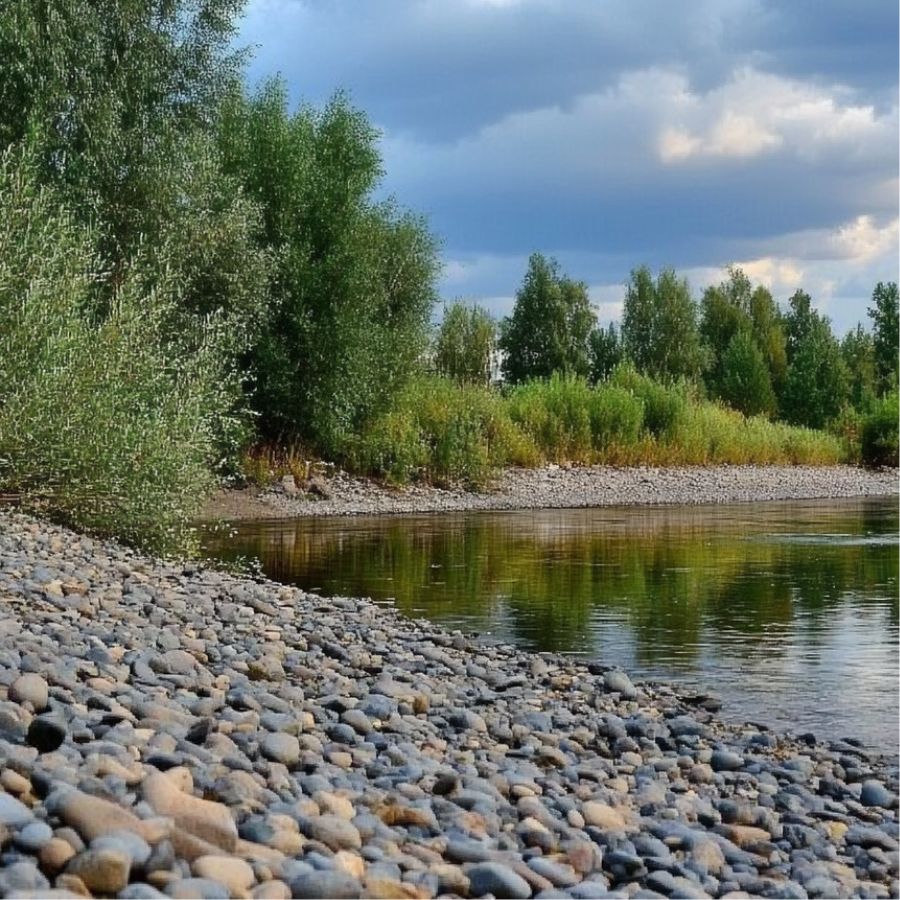
Check gravel deposits in streams, especially after heavy rains. Garnets are heavier than most minerals, so they concentrate in stream bends where water slows down.
Use a pan or sieve to sort through the gravel, keeping an eye out for the distinctive reddish crystals that glimmer when wet.
Pegmatite Areas
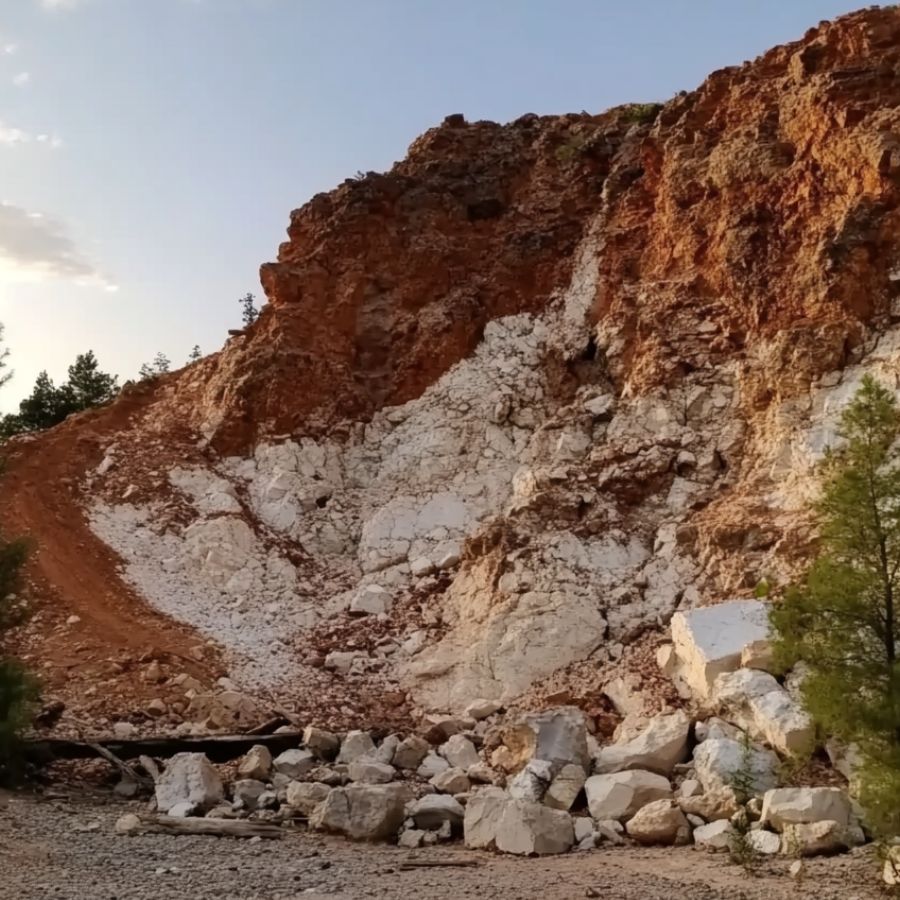
Search around pegmatite formations, which are coarse-grained igneous rocks that sometimes form large crystal pockets where beautiful garnet specimens can be found nestled among other minerals like mica and feldspar.
These areas often have scattered surface rocks and exposed cliff faces that weather over time, releasing garnet crystals.
Old Mining Areas

Explore permitted public mining dumps and tailings piles near historical mica or feldspar mines, where garnet was often discarded as a byproduct during past mining operations and can still be found in abundance among the leftover material.
Tools You Will Need

Your quest for the deep red sparkle of garnets can start with just a few key items. You do not need a lot of money to assemble your gear. A small collection of simple tools will make your hunt for these beautiful gems both safe and successful.
A Dependable Field Guide – Essential
Nothing beats the thrill of finding an interesting specimen, but that excitement can fade if you spend the next hour trying to guess what it is. A truly essential guide closes that gap, making identification a quick and rewarding part of the discovery itself.
This guide is built to do just that, turning every outing into a treasure hunt for the whole family by using over 300 vivid color photos and simple explanations. This approach makes it fast and fun for even beginners and kids to recognize over 120 different minerals in the wild.
Rock Chasing’s New England Rocks & Minerals Identification Field Guide is an invitation to explore with confidence, knowing you have a tool that is not only easy to use but also built to last.
Its fully laminated, waterproof pages and a tough iron spiral binding ensure it can handle years of hands-on adventure in New England’s rugged terrain.
Safety Glasses – Essential
Protecting your eyes is always the top priority on any rock hunt. A simple pair of safety glasses is essential for shielding your eyes from dust and small rock fragments that can fly up when you are digging or breaking stones. It is a simple step that makes your hunt worry-free.
Geologist’s Hammer – Essential
Garnets are often found embedded in other rocks, called host rock. A geologist’s hammer is the perfect tool for this, with a flat end for breaking rocks and a pointed pick end for prying and chipping away at the host rock to carefully extract the garnet crystals without shattering them.
Classifier Sieve – Recommended
If you are searching in a stream bed or an area with loose soil, a classifier sieve is a fantastic tool. It is a sturdy screen that you can shovel gravel into and shake in the water. The smaller sand and dirt fall through, leaving the larger, heavier stones, including garnets, behind for you to inspect.
Stiff-Bristled Brush – Optional
Garnets you find might be covered in stubborn dirt or clay that hides their beautiful crystal shape. An old, stiff-bristled brush, like a vegetable brush, is great for scrubbing your finds clean. This simple tool helps you see exactly what you have found right there in the field.
Some Great Places To Start
Here are some of the better places in the state to start looking for garnet:
Always Confirm Access and Collection Rules!
Before heading out to any of the locations on our list you need to confirm access requirements and collection rules for both public and private locations directly with the location. We haven’t personally verified every location and the access requirements and collection rules often change without notice.
Many of the locations we mention will not allow collecting but are still great places for those who love to find beautiful rocks and minerals in the wild without keeping them. We also can’t guarantee you will find anything in these locations since they are constantly changing.
Always get updated information directly from the source ahead of time to ensure responsible rockhounding. If you want even more current options it’s always a good idea to contact local rock and mineral clubs and groups
Great Barrington

Great Barrington is located in the southwestern part of the state along the Housatonic River. This town is surrounded by beautiful mountains and forests. Garnet hunters come here because the area has rocks where these red gems form naturally.
Monument Mountain is the best spot in Great Barrington to look for garnets. The mountain has many exposed rock outcrops where you can search. These rocks went through changes over millions of years, creating perfect conditions for garnets to form.
You can find garnets embedded in the metamorphic rocks that make up much of the local landscape. Check the stream gravels around the Housatonic River too, as water often washes smaller garnets downstream.
Local collectors have found deep red almandine garnets, which are the most common type in this region. The stones range from tiny crystals to larger specimens worth adding to any collection.
If your kids keep asking, “What rock is this?”, here’s your answer.
🪨 300+ bright, kid-friendly photos
💦 Waterproof and built for outdoor adventures
🔍 Simple explanations made for young explorers
🌲 Helps kids learn, play, and explore outdoors
This durable field guide shows them exactly what they found, fast, fun, and frustration-free.
Berkshire Hills
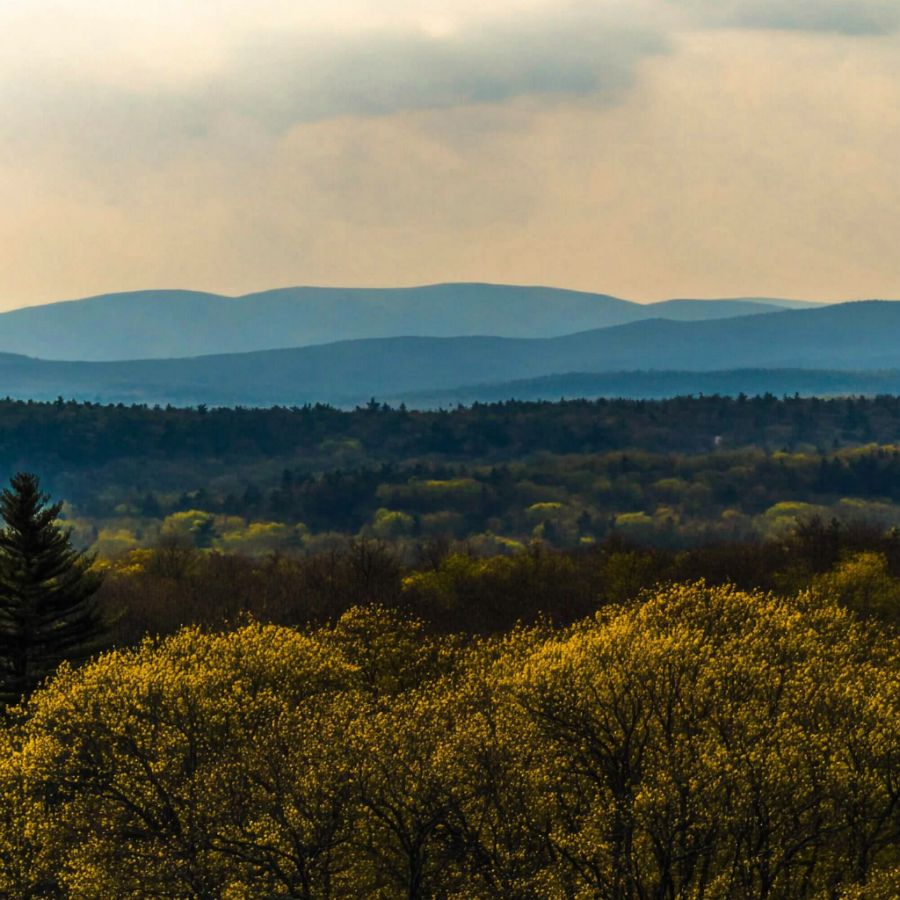
The Berkshire Hills stretch across western Massachusetts, forming a beautiful part of the Appalachian Mountains. This highland region sits between the Housatonic and Connecticut Rivers, offering not just scenic views but also treasures for rockhounds.
What makes this area special for garnets is its rich geological history. Ancient forces squeezed and heated rocks here, creating the perfect conditions for garnet formation. Look for garnets in the area’s schist and gneiss, these metamorphic rocks often contain the sparkly red minerals.
The best spots to search are exposed rock outcrops, especially after rain has washed away dirt. Stream beds throughout the hills are also good hunting grounds, as water naturally separates heavier garnets from lighter materials.
Local pegmatite veins, known for their large crystals, sometimes contain larger garnet specimens worth collecting.
Fall River
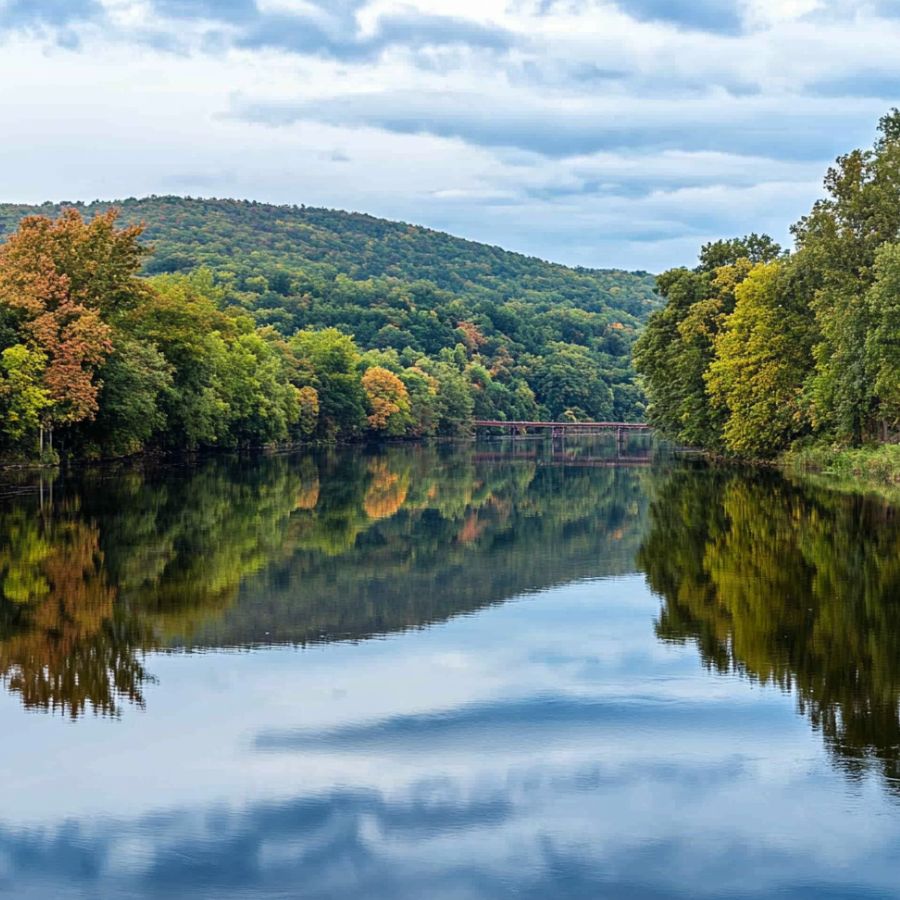
Fall River is a city in southeastern Massachusetts, situated along the eastern shores of Narragansett Bay near the Rhode Island border. The area is famous for its Fall River Granite, a tough stone formed about 600 million years ago during the Precambrian era.
Garnets have been found embedded within the granite bedrock throughout Fall River. The region’s history of tectonic activity and heat-induced rock changes (metamorphism) helped create these beautiful red gems.
Beattie Quarry, once a busy granite production site, is a good spot to search for garnets. Rock hunters also visit the nearby Freetown-Fall River State Forest to look for these gems.
When exploring the area, check exposed rock formations and dry streambeds, as these often reveal garnet specimens.
Bedford

Bedford is a small town in Middlesex County, about 15 miles northwest of Boston. The area features gentle rolling hills and is close to the Concord River, creating nice settings for rockhounding.
The town’s geology was shaped by glaciers that moved through the region thousands of years ago. These ice sheets left behind special metamorphic rocks that now contain garnets. Most garnets in Bedford are the almandine type, showing deep red to purple-red colors.
You can search for garnets in the exposed rock outcrops throughout the town, especially after rainstorms when stones are cleaned by water. Local parks and public lands sometimes reveal these gems in stream beds.
Diggers have had good luck near the Concord River banks, where erosion brings new material to the surface regularly.
Pine Hill

Pine Hill is a mountain located in Bolton, Worcester County. It stands about 515 feet tall in the central part of the state. The hill is a favorite spot for rock collectors looking for garnets.
You can find garnets by looking in places where metamorphic rocks like schist and gneiss are visible. Old quarry sites around Pine Hill offer excellent opportunities for discovery. The garnets here typically appear as dark red to reddish-brown crystals embedded in the host rock.
Pine Hill’s unique geology makes it different from other rockhounding sites in Massachusetts. The combination of accessible terrain and relatively abundant garnets has made this location popular with both beginners and experienced collectors over the years.
Places Garnet has been found by County
After discussing our top picks, we wanted to discuss the other places on our list. Below is a list of the additional locations along with a breakdown of each place by county.
| County | Location |
| Berkshire | Gould Brook placer gold locality |
| Berkshire | Black Brook Placer Gold Locality |
| Berkshire | Cold River Mineral Locality |
| Berkshire | Washington graphite mine |
| Berkshire | Windsor Brook Placer Gold Locality |
| Berkshire | Windsor Placer “Gold Mine” |
| Bristol | Alfred Denault Quarry |
| Bristol | Dartmouth Quarry |
| Bristol | Beattie Quarry |
| Bristol | Ross Quarry |
| Bristol | Sullivan Quarries |
| Dukes | Nashaquitsa Cliffs |
| Essex | Powder House Hill |
| Franklin | Bernardston |
| Franklin | New Salem |
| Franklin | Northfield |
| Franklin | Orange mica mine |
| Franklin | Walnut Hill pegmatite |
| Franklin | Mary Louise Copper Mine |
| Hampden | Blandford Power Lines kyanite locality |
| Hampden | Monson quarries |
| Hampshire | Williamsburg |
| Middlesex | Chelmsford |
| Middlesex | Shaker Quarry |
| Middlesex | Route 62 locality |
| Middlesex | Old lime quarries |
| Middlesex | Maple St. locality |
| Middlesex | Melrose |
| Middlesex | H. N. Fletcher Quarries |
| Norfolk | Braintree |
| Worcester | Pearl Hill |
| Worcester | Lancaster |
| Worcester | Leavitt Quarry |
| Worcester | Milford |
| Worcester | Barre Road – Route 101 road cuts |
| Worcester | South Royalston beryl locality |
| Worcester | Sturbridge |
| Worcester | Route 146 road cut |
| Worcester | Ballard Quarry |
| Worcester | Tatnuck Hill quarry |

